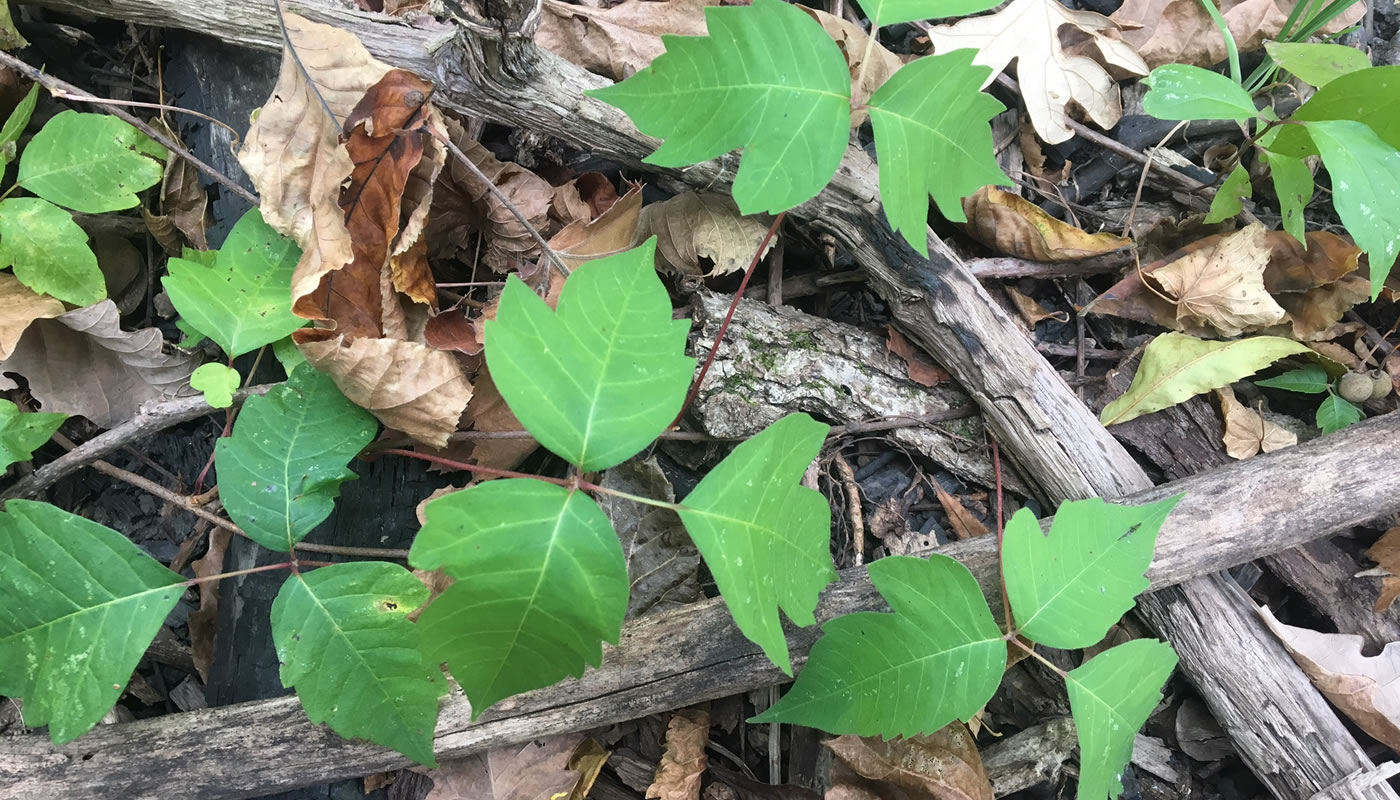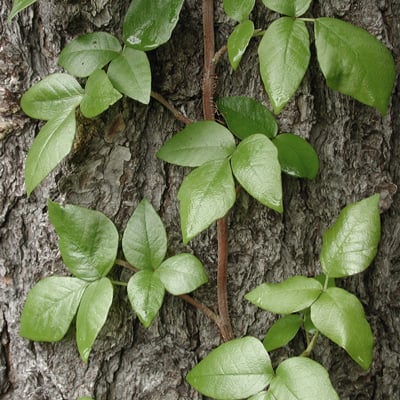


The plant is respirating more on hot days and the uptake of the chemical is much greater. Poison ivy is so hardy that spraying it on mild or cool days won’t kill it. Hit the whole plant with a chemical weed killer and apply generously on a hot day. Our crew almost always ended up with a rash somewhere, and if not properly washed, poison ivy’s toxic oils can remain active on boots or tools for up to a year. We’ve tried plowing through the roots and vines with a rototiller- but clearing the remains from the blades is just as dangerous. Spoiler alert: even with the suits, we were COVERED in rashes. Unless you’re thinking of purchasing a head-to-toe bodysuit to attack the plant, fighting with poison ivy is a bad idea! Trust us, as lawn care professionals, we’ve tried every trick in the book, including Tyvek suits. But this toxic plant can be a real pain to chop down! Once you’ve identified poison ivy, you might think it’s time to remove it.
#Poison ivy identification how to
How to Get Rid of Poison Ivy in Your Yard, Safely Check out the key differences between poison ivy, oak, and sumac here. They can be reflective, and more often than not, they’re actually dull! This actually changes with the seasons, spring it’s shiny, summer dull, fall it takes on a shine again Shiny or dull. While many think poison ivy leaves are always shiny, that’s not true.It’s still poisonous, even when a different color!


Pointed leaf tips. While poison oak has a round, scalloped shape, poison ivy’s leaves always come to a sharp tip.Check out these pictures from for help identifying poison ivy leaves. Rounded and notched leaves. Poison ivy leaves can have variances in shape, some boasting notched edges while others are rounded.Measure the leaves. Mature ivy leaves are usually between two and four inches long.Leaves of three, let them be! Poison ivy always forms clusters of leaves in threes the middle leaf most often has the longest stem.When it comes to spotting poison ivy in your backyard, here’s some ways to identify the plant: Poison Ivy Identification: Spotting the Plant in Your Yard Identify poison ivy in your yard and get rid of it properly, with these helpful tips: If your children or guests come into contact with this nuisance, they can develop a nasty rash from the ivy’s resin or oils (Urushiol). If you suspect you’ve got poison ivy growing around your landscape, this toxic plant can be a real threat to your family.


 0 kommentar(er)
0 kommentar(er)
